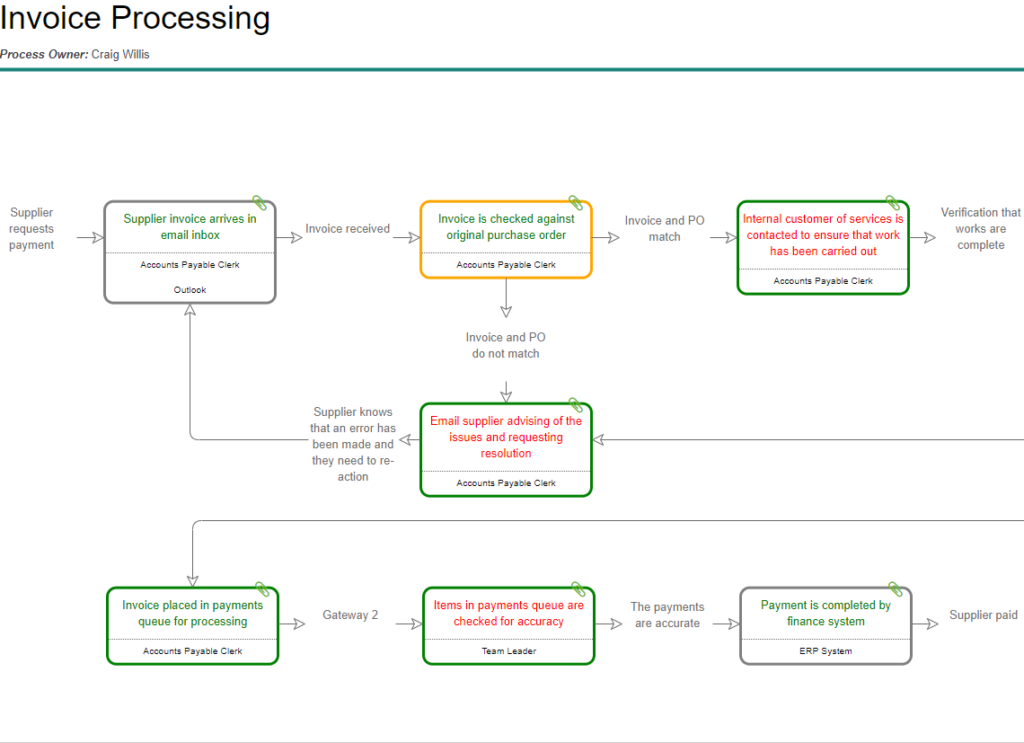Can’t see the robots for the trees?
Make sure you are identifying the right RPA processes straightaway.
As soon as you get into RPA you can’t help but see opportunities for applying the technology everywhere. Although not every opportunity turns out to be suitable, it’s important to keep feeding the pipeline.
The concept of using robots to automate manual activities is very simple. Logically it should be fairly simple to spot opportunities for using them. However, this whole area, despite the phenomenal growth in the RPA market, is still massively under exploited in most organisations.
Why is it so hard?
There are numerous reasons for this. Firstly RPA capability is still young and developing in most organisations and there is limited capacity to move quickly. Secondly, for many the value is yet to meet the promise, although when it undoubtedly does it will rapidly hit a tipping point. Finally, the workforce in general do not have the necessary skills, knowledge and information to spot relevant opportunities. It is vital that your organisation can identify the right RPA processes from the start.
Skore’s Experience.
Skore recently was contacted by a client working on compliance processes in Skore. It involved checking hundreds of PDF files to ensure the right data had been entered into the right fields. They could only check a sample each month which was about 1% of the total.
The client was aware of RPA, having seen it in action in their organisation, yet hadn’t spotted the opportunity to automate in their own department. It was only when they captured the reporting process and it came to life in Skore, that the light bulb moment arrived.

As they summarised – “the problem is that we spend so much time down in the weeds. We’re focused on getting all this work finished everyday we don’t see the bigger picture.”
When the wider process was laid out visually, with highly manual and repeatable steps clearly highlighted, it was obvious that significant improvements could be made. When the time and cost data was added to Skore there was a clear business case too. Then they were able to identify the right RPA process.
A revolutionary change…
Although it was the significant time saving that was exciting the client, the benefits went way beyond. Suddenly their 1% sampling could become 100% of documents with the team free to follow up on those that failed the compliance check. This significantly reduced the risk of poor customer experience, regulatory fines and the resulting effect that would have on the business brand.
Despite the fact that the client was well aware of the capabilities of RPA they had found it difficult to spot opportunities for applying the technology. They were so focused on the day to day activities that they couldn’t see the difference between those that were highly standardised and repeatable and those that weren’t. It was by taking the time to capture these processes that the RPA need and benefits became clear.
Conclusion
To identify RPA opportunities we need to take a step back and look at our processes objectively. We must devote time to understand what the company needs, what our staff need and what our customers need. It is very easy to get lost in the detail and lose the bigger picture. RPA promises great benefits but only if we can commit to taking the time to identify the right processes to automate.
Skore’s cloud based Process Improvement platform rapidly captures business processes and produces instant insights.

One thought on “Can’t see the robots for the trees?”